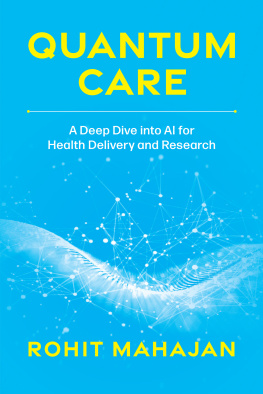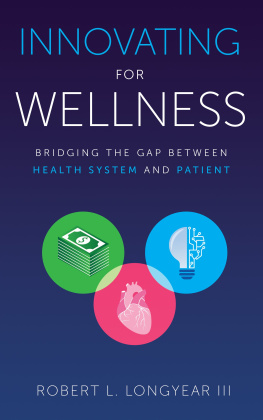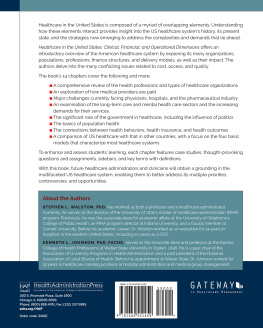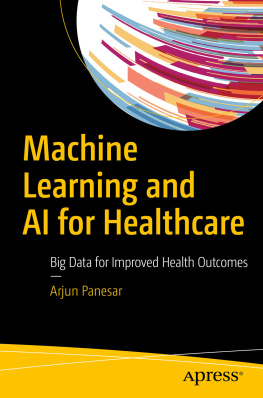

Copyright 2023 by Rohit Mahajan.
All rights reserved. No part of this book may be used or reproduced in any manner whatsoever without prior written consent of the author, except as provided by the United States of America copyright law.
Published by Advantage, Charleston, South Carolina.
Member of Advantage Media.
ADVANTAGE is a registered trademark, and the Advantage colophon is a trademark of Advantage Media Group, Inc.
Printed in the United States of America.
10 9 8 7 6 5 4 3 2 1
ISBN: 978-1-64225-554-6 (Paperback)
ISBN: 978-1-64225-553-9 (eBook)
LCCN: 2022923131
Cover design by Jivan Dav.
Layout design by David Taylor.
This publication is designed to provide accurate and authoritative information in regard to the subject matter covered. It is sold with the understanding that the publisher is not engaged in rendering legal, accounting, or other professional services. If legal advice or other expert assistance is required, the services of a competent professional person should be sought.
Advantage Media helps busy entrepreneurs, CEOs, and leaders write and publish a book to grow their business and become the authority in their field. Advantage authors comprise an exclusive community of industry professionals, idea-makers, and thought leaders. Do you have a book idea or manuscript for consideration? We would love to hear from you at AdvantageMedia.com.
In memory of my father. His journey as a patient inspired me to make a difference in healthcare.

CONTENTS


In the summer of 2019, I met Dr. Tomislav (Tom) Mihaljevic, the CEO of Cleveland Clinic. I had known Tom since 2013, when he attended the General Management program that I chaired at the Harvard Business School. Tom was familiar with my work on digital transformation, and he asked me to help him and his team to create a blueprint for Cleveland Clinics digital journey. Although I had been doing work in the digital strategy area for more than a decade and even wrote a book on this topic, Driving Digital Strategy, I did not have a deep knowledge of the healthcare industry. Working with Tom and his senior leadership team gave me the front-row seat to understand the enormous potential of digital technology in the healthcare sector. I had many discussions with Tom and his senior leadership team, as well as several meetings with leaders from Google and Microsoft, to map out potential directions for Cleveland Clinics digital strategy. We explored how Cleveland Clinic could use technology to digitize its current operations, leverage data to get new insights, and embark on new opportunities enabled by technology.
In March 2020, the pandemic upended our lives, and digital transformation in the healthcare industry went into an overdrive. Work from home and telehealth became the norm. Around this time, Rohit Mahajan contacted me to become an informal advisor to his company BigRio. I knew Rohit from the time he attended our Owner and President Management Program (OPM) at Harvard Business School. Rohit and I kept in touch since then, and after becoming an advisor to his company, I came to know more about his expertise in data and technology. During our numerous conversations, I learned many things from his experience.
Rohit is an experienced entrepreneur and leader in the technology and software industries. For several decades, he has provided innovative data and analytical solutions to his clients in several industries including healthcare, automotive, financial services, retail, and manufacturing. I am thrilled that he has decided to distill his expertise and experience in this book with a focus on healthcare.
In this book, Rohit covers a vast range of technologiesartificial intelligence (AI), cognitive digital twins (CDT), Internet of Things (IoT), and many othersand their impact on the healthcare industry. For example, using data from a patients electronic health record, Google researchers have developed AI models that can predict the course of a disease for the patient and the risk of death during a hospital stay with 95 percent accuracy. Using massive amounts of data and AI, Moderna was able to develop a new vaccine for COVID-19 in months that would have otherwise taken years. In the process, Moderna developed an mRNA platform that can be easily tweaked to develop new vaccines quickly.
Cognitive digital twin (CDT), or a virtual replica of a physical system, can gather data from real objects through sensors and run simulations to predict potential failures and suggest possible improvements. This approach has been used in the manufacturing industry for several years, and there is good reason to believe that it can be a powerful way to model, monitor, and improve the operations of medical devices such as a pacemaker or a surgical implant, and even the human body. Siemens and Philips are working on versions of a virtual heart using AI and CDT technology.
These CDT systems are powered by IoT devices that have built-in sensors to monitor the performance of a device or organ. Companies like Becton Dickinson and Abbott are creating connected devices with built-in chips and sensors that provide real-time data about a patients health condition.
Emergence of these technologies and their potential impact on healthcare has also created a lot of excitement among entrepreneurs and venture capitalists. Livingo, a start-up that focused on helping patients manage diabetes by monitoring their blood glucose levels, was sold to Teledco in 2020, for $18.5 billion. Many other unicorns have been born in the last decade that have focused on leveraging technology to manage healthcare.
Innovative technologies have already made significant impact in the healthcare industry, and even bigger shifts are yet to come. Rohit paints a clear picture that allows readers to understand these innovative technologies and their future directions. Based on his practical experience, he also highlights implementation challenges that senior executives must navigate to realize the full potential of these innovations.
I enjoyed reading this book and gained a deeper appreciation of how technology will shape the future of healthcare.
SUNIL GUPTA
Edward W. Carter Professor of Business,
Harvard Business School


Some people call this artificial intelligence, but the reality is this technology will enhance us. So instead of artificial intelligence, I think well augment our intelligence.
GINNI ROMETTY
According to The AI Index 2021 Annual Report, created by Stanford University, AI systems can now compose text, audio, and images to a sufficiently high standard that humans have a hard time telling the difference between synthetic and non-synthetic outputs for some constrained applications of the technology.
Next page














